Vintage cars are more than just vehicles; they are time capsules that tell stories through their age-worn appearance. Preserving the patina of these classic automobiles has become an art form in itself, balancing the desire to maintain originality with the need for protection and care. Ensuring that the charm of each vintage car is maintained for generations to come requires a deep understanding of the importance and techniques of preserving patina.
Understanding Patina and Its Significance
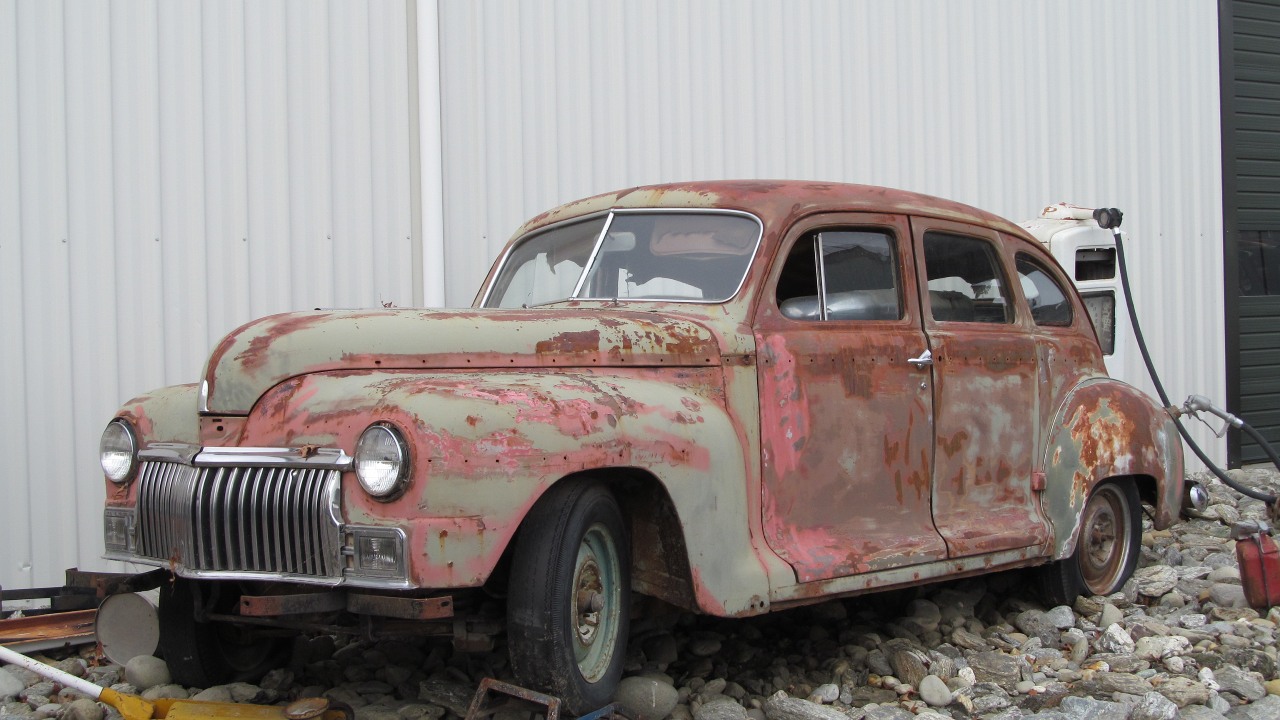
Definition and Characteristics of Patina
Patina refers to the natural layer of age and wear that develops on a vintage car over time. This phenomenon is the result of exposure to various elements such as sunlight, moisture, and air. Factors like weather conditions, material composition, and even the environment where the car is stored contribute to the formation of patina. For instance, a car kept in a humid coastal area may develop a different patina compared to one stored in a dry, arid region.
The characteristics of patina can include faded paint, surface rust, and a dulled finish, each telling a unique story of the car’s journey through time. These features are often seen as badges of honor, showcasing the car’s history and character.
Historical and Aesthetic Value
Within the vintage car community, patina is highly valued for its ability to convey authenticity and historical significance. A car with well-preserved patina is often seen as more genuine, as it retains the original surfaces and materials that have witnessed decades of use. This authenticity can be particularly important for collectors and enthusiasts who appreciate the car’s historical context.
Patina’s aesthetic appeal lies in its uniqueness; no two cars will age in exactly the same way. The variations in color, texture, and wear patterns create a one-of-a-kind appearance that many collectors find irresistible. This individuality not only enhances the car’s charm but also increases its desirability in the market.
Techniques for Preserving Patina

Gentle Cleaning Methods
Preserving patina involves careful cleaning techniques that avoid stripping away the delicate surface. It’s crucial to use gentle methods that remove dirt and grime without compromising the patina. For instance, a soft microfiber cloth and mild soap solution can be used to clean the surface without causing harm. Additionally, products like Meguiar’s Quik Detailer can be effective in maintaining the patina’s integrity.
Tools such as soft-bristled brushes and non-abrasive pads are recommended to clean hard-to-reach areas without scratching or damaging the surface. Regular cleaning is essential to prevent the buildup of contaminants that could further degrade the patina.
Protective Measures
Applying waxes or sealants is a common practice to protect patina while preserving its appearance. Products like Renaissance Wax offer a protective barrier against moisture and environmental contaminants, helping to slow down the aging process. It’s important to choose products specifically formulated for vintage cars to ensure compatibility with the patina.
Minimizing further wear and tear is crucial in preserving patina. This can be achieved by storing the car in a climate-controlled environment and covering it with a breathable car cover. These measures help to reduce exposure to harmful elements while maintaining the car’s original patina.
Balancing Restoration and Patina Preservation

Deciding When to Restore
Determining whether to restore or preserve parts of a vintage car can be challenging. A general guideline is to restore areas that compromise the car’s structural integrity or functionality while preserving those that contribute to its historical value. For example, mechanical components that affect the car’s operation might be restored, while body panels with patina are left untouched.
It’s important to consider the impact of restoration on the car’s value and historical integrity. Over-restoring can diminish the car’s authenticity, potentially affecting its desirability among collectors who value originality.
Blending Restoration with Original Elements
Integrating restored parts with existing patina requires a thoughtful approach to maintain a cohesive look. Techniques such as color matching and distressing can help blend new components with original surfaces, ensuring that the car retains its vintage appeal. This approach allows for necessary repairs without detracting from the car’s historical character.
Achieving a seamless blend often involves working with restoration experts who understand the nuances of patina preservation. Skilled professionals can offer guidance on how to honor the car’s original condition while making necessary updates.
The Role of Patina in the Market
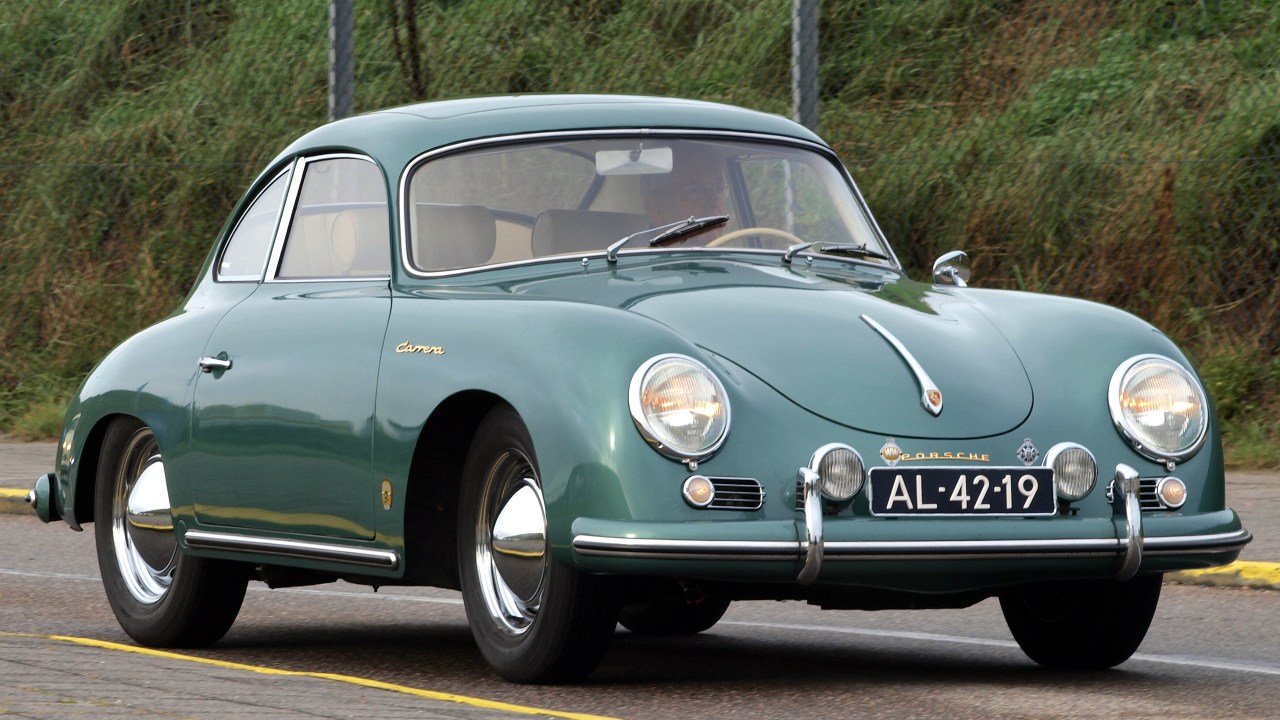
Market Trends and Collector Preferences
The vintage car market has seen a growing appreciation for cars with original patina. This trend reflects a shift in collector preferences towards authenticity and historical significance. Cars like the 1956 Porsche 356A with its original patina command high prices due to their unique character and untouched surfaces.
Patina can significantly affect a car’s market value, with many collectors willing to pay a premium for vehicles that have preserved their original charm. This trend underscores the importance of thoughtful patina preservation for those looking to maintain or increase a car’s value over time.
Case Studies of Notable Patinated Cars
Several iconic vintage cars have gained fame for their well-preserved patina. The 1936 Bugatti Type 57SC Atlantic is celebrated for its original exterior, which showcases the craftsmanship and history of its era. Collectors and enthusiasts admire such cars for their ability to transport viewers back in time.
Famous patinated cars are often featured in exhibitions and auctions, where they draw attention for their untouched beauty. These vehicles serve as benchmarks for collectors who seek to preserve the historical essence of their own classic cars.
Expert Opinions and Insights

Interviews with Restoration Experts
Insights from restoration experts reveal the delicate balance required to maintain patina while ensuring a car’s longevity. Professionals like Wayne Carini, host of “Chasing Classic Cars,” emphasize the importance of understanding each car’s individual story and tailoring preservation techniques accordingly.
Experts recommend regular maintenance and careful monitoring of the car’s condition to prevent deterioration. Their tips often include using high-quality protective products and avoiding aggressive cleaning techniques that could harm the patina.
Community Perspectives
Vintage car owners and enthusiasts often share a deep appreciation for patina, viewing it as a testament to a car’s history and authenticity. These perspectives influence preservation strategies, with many owners opting for minimal intervention to maintain the car’s original character.
Engaging with the vintage car community can provide valuable insights and support for those looking to preserve patina. Enthusiasts often exchange tips and experiences, fostering a shared commitment to preserving the unique beauty of classic automobiles.
More from Fast Lane Only:
- Unboxing the WWII Jeep in a Crate
- The Fastest Farm Truck Ever Built
- 10 Old Trucks That Were Built Like Tanks
- 12 Classic muscle cars still within reach for budget buyers
*Created with AI assistance and editor review.

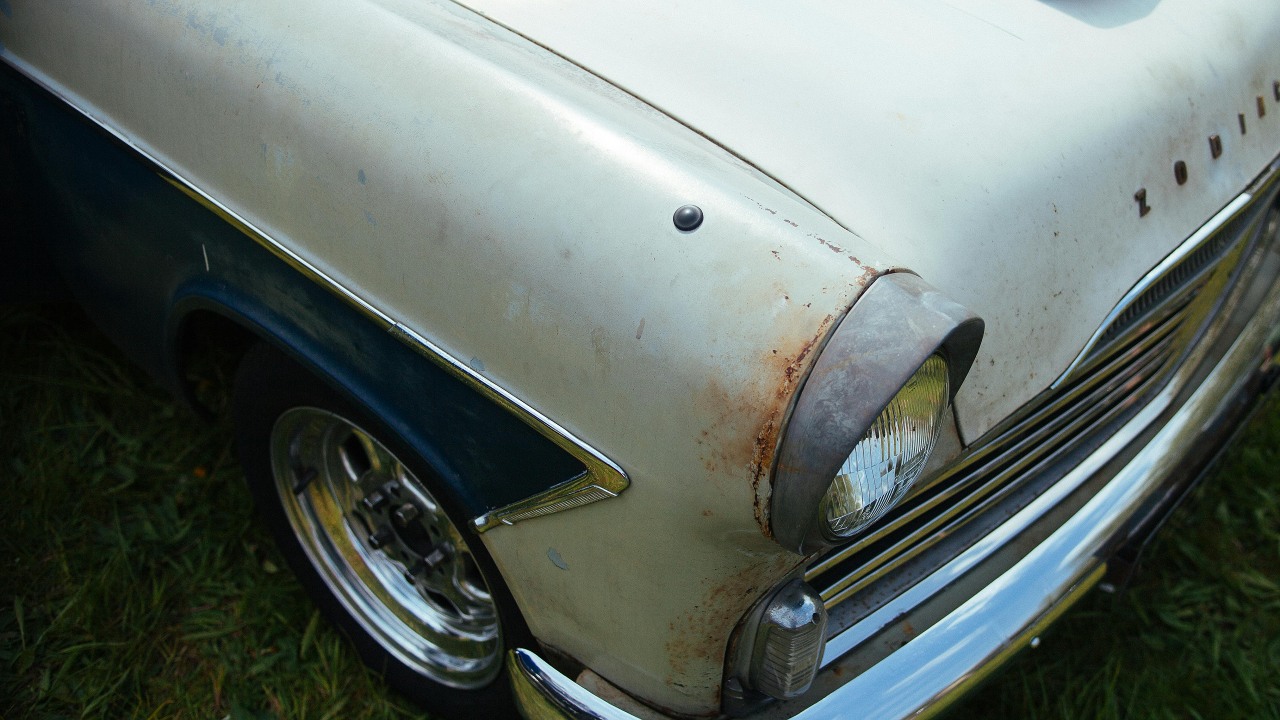
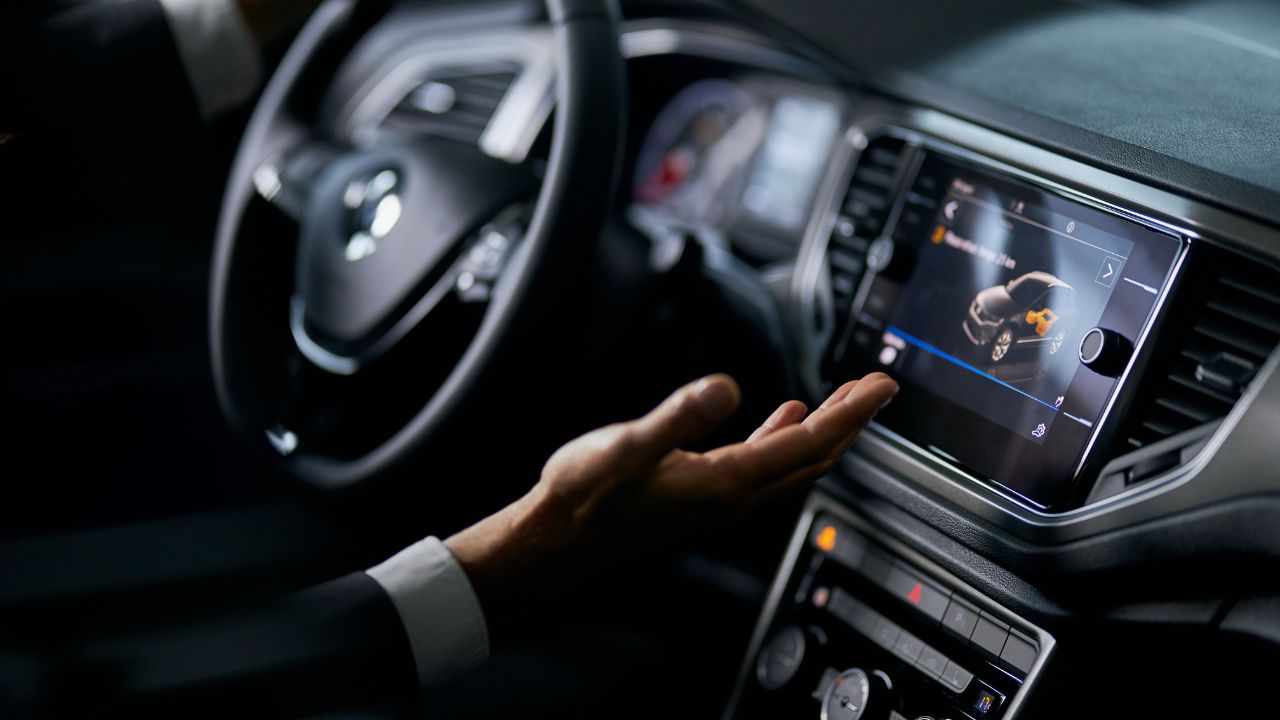

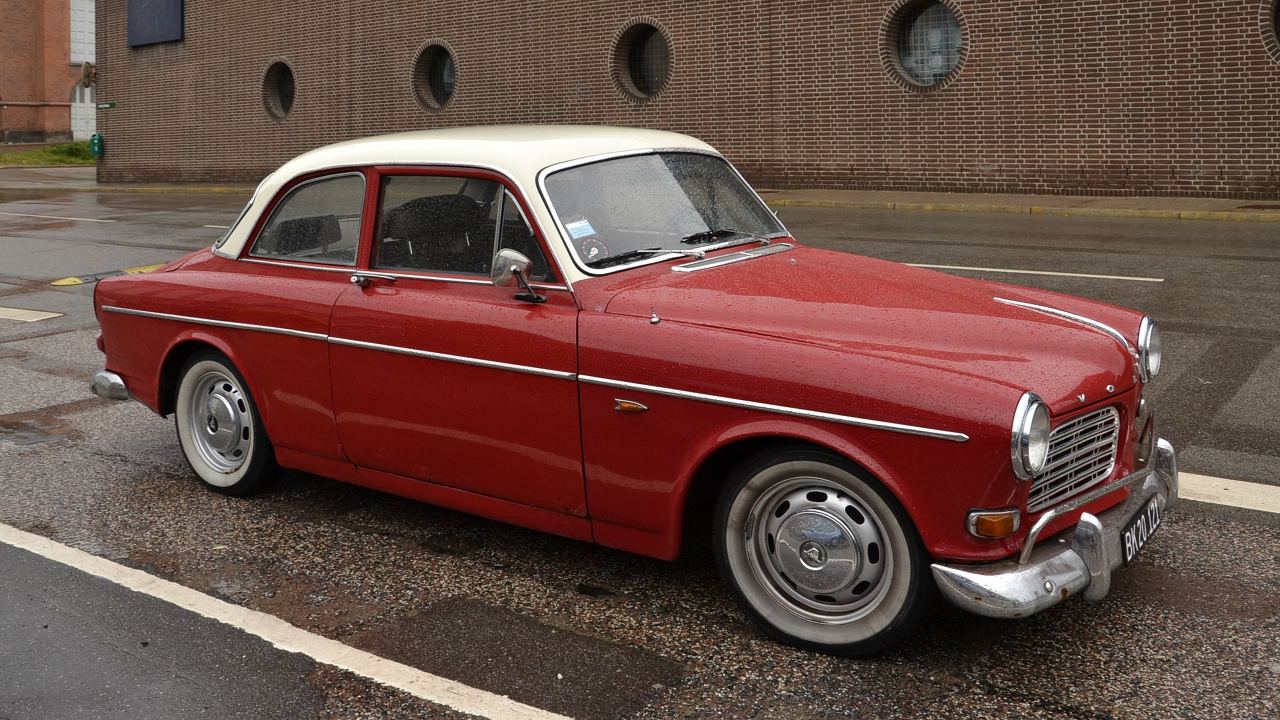


Leave a Reply